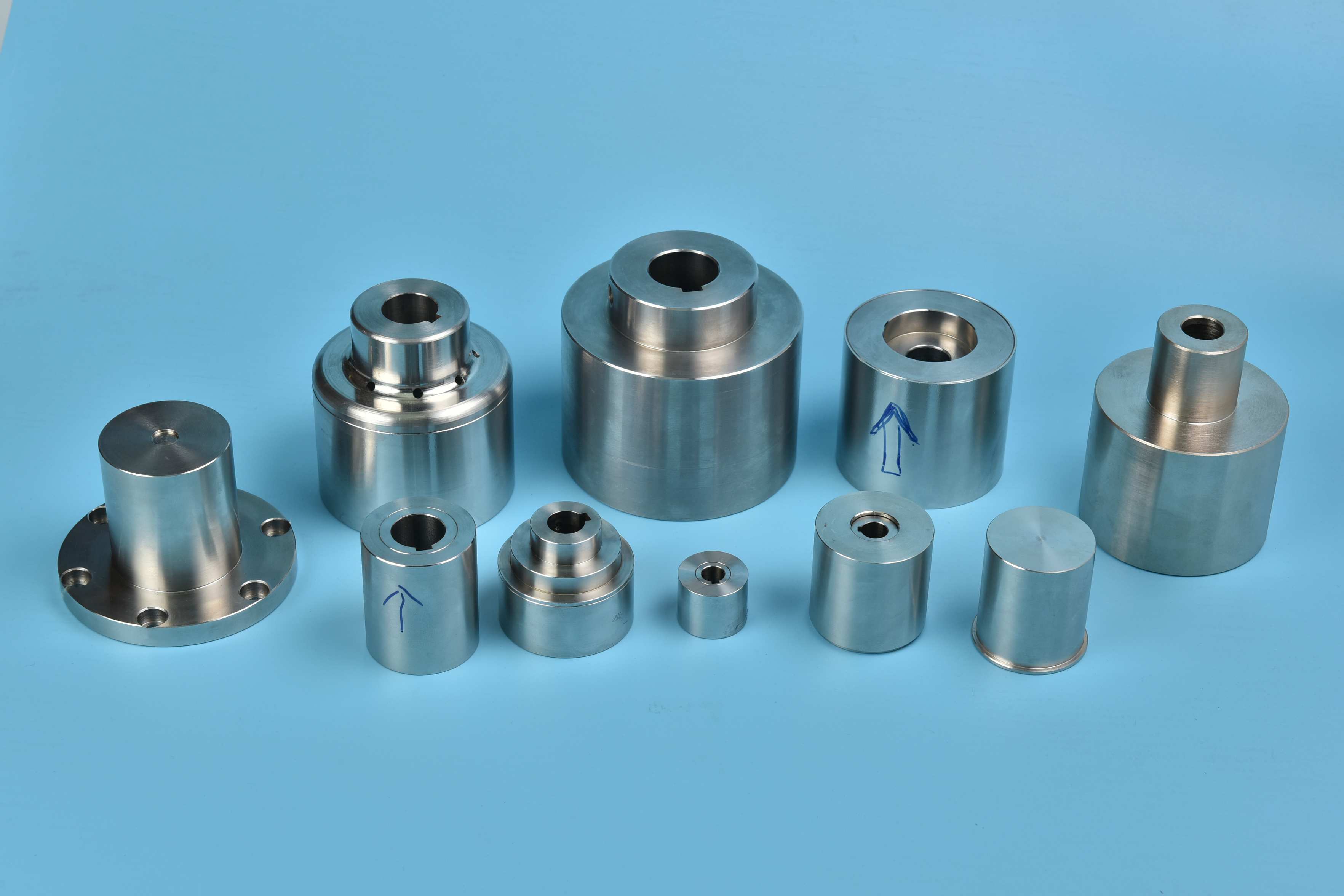How is the magnetism of permanent magnet materials produced?
![]() :2025-04-01
:2025-04-01
![]() :346
:346
Permanent magnetic materials, that is, materials that can maintain magnetism for a long time, are also called hard magnetic materials. It is characterized by high coercivity, large remanence and large area of hysteresis loop. Permanent magnet materials are divided into ferrite permanent magnet materials and alloy permanent magnet materials. The most common type of ferrite permanent magnetic material is the magnet (Fe3O4) that is directly available in nature. Alloy permanent magnet materials include the first to mass-produced permanent magnet quenched martensitic steel and rare earth permanent magnet materials. The three generations of rare earth permanent magnet materials are SmCo5, Sm2Co17 and Nd2Fe14B respectively.
Permanent magnetic materials, that is, materials that can maintain magnetism for a long time, are also called hard magnetic materials. It is characterized by high coercivity, large remanence and large area of hysteresis loop. Permanent magnet materials are divided into ferrite permanent magnet materials and alloy permanent magnet materials. The most common type of ferrite permanent magnetic material is the magnet (Fe3O4) that is directly available in nature. Alloy permanent magnet materials include the first to mass-produced permanent magnet quenched martensitic steel and rare earth permanent magnet materials. The three generations of rare earth permanent magnet materials are SmCo5, Sm2Co17 and Nd2Fe14B respectively.
Here we take rare earth permanent magnet materials as an example to explain its magnetic origin. Rare earth permanent magnet materials are mainly intermetallic compounds composed of 4f rare earth elements and 3d transition elements.
the atomic magnetic moment of 3d metal elements mainly comes from 3d electrons, while the crystal field will cause the orbital magnetic moment of 3d electrons to be frozen, so the magnetism mainly comes from the uncanceled spin number. The aforementioned Fe and Co electronic configurations are 3d64s2 and 3d74s2, respectively, and the corresponding metals are ferromagnetic.
The main contribution of the atomic magnetic moment of rare earth elements comes from 4f electrons. The 4f electrons are localized due to the shielding effect of the outer 6s and 5p electrons. At the same time, according to the RKKY interaction, that is, the exchange between local electrons and conduction electrons, the conduction electron spin polarization is caused, thus forming indirect coupling, showing ferromagnetism (complex situations such as Friedel oscillation are not considered here), resulting in spontaneous magnetization.
 chenwanshu8@gmail.com
chenwanshu8@gmail.com  Huakai Square, Nancheng Street, Dongguan City, Guangdong Province
Huakai Square, Nancheng Street, Dongguan City, Guangdong Province  61 Wangsha Road, Hongmei Town, Dongguan City, Guangdong Province
61 Wangsha Road, Hongmei Town, Dongguan City, Guangdong Province





 +86 136 6287 1206
+86 136 6287 1206



